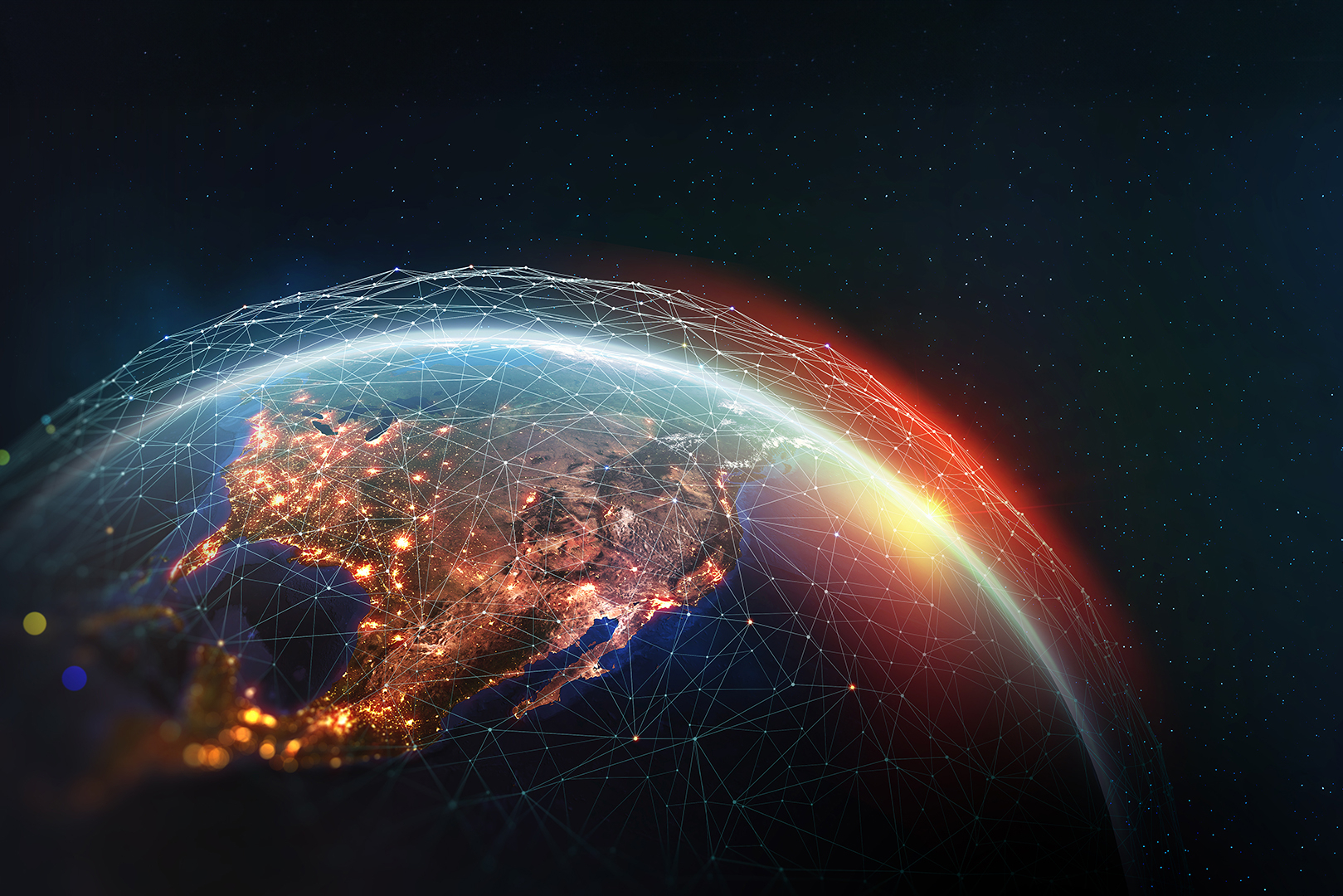When and where
Date
Location
Virtual
Tags
Cyber Security Emerging TechnologiesShare with friends
About this session
Today’s security leaders are redefining their roles to become pivotal business enablers, on top of overseeing defense and compliance initiatives. CISOs today work closely with boards, influence investments, and take ownership of broader enterprise risk strategies. However, this transformation may be hindered by the growing skills gap and high stress levels that come with the CISO role.
Furthermore, CISOs have to contend with the expanding cyberthreat landscape led by smarter cybercriminals. Simultaneously, AI is influencing both defense and attack strategies. While CISOs leverage AI to enhance security operations, adversaries are exploiting it to launch more advanced attacks. Securing multi-cloud environments and ensuring compliance with frameworks like GDPR and NIS 2 also remain top priorities.
This report, CISO Agenda 2025: Insights and Trends for Cybersecurity, uncovers the top priorities and challenges of Europe’s leading cybersecurity leaders as well as the emerging and future technologies that will shape the cybersecurity landscape in the next five years. In addition, this report will include valuable and inspirational insights on leadership by world-renowned thought leaders.
KEY TAKEAWAYS:
- Long-term cybersecurity strategies are the top priority for European CISOs, with a strong focus on identity and access management (IAM) and security intelligence.
- 93% of CISOs view AI as both a tool and a threat, with 40% actively looking into AI implementation.
- Compliance, data management, and predictive analytics are top priorities in managing cyber risks around data.
- Cloud security remains the biggest infrastructure challenge, leading at 22%, followed by network and OT security.
- 62% of CISOs report shortages in AI and machine learning skills, with cloud security (43%) and threat intelligence (28%) also in short supply.
- 75% of CISOs cite phishing as their top threat for 2024, followed by risks from third-party software and Ransomware-as-a-Service (RaaS).


